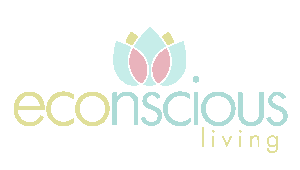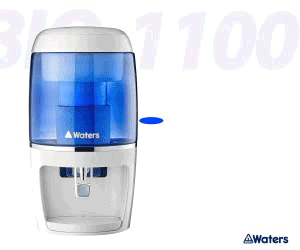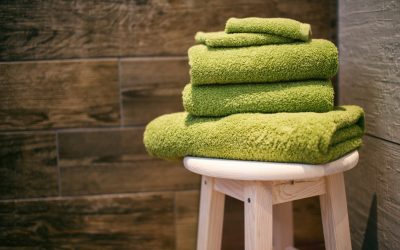Plastic Containers & Why You Should Detox Your Kitchen
When you start paying attention to the things you can control in your environment, you will find that small changes lead to big impacts. With this in mind, when it comes to creating a healthy kitchen I like to focus on a couple of key areas that can impact your health really quickly. One is the removal of plastic containers from your kitchen.
Now don’t worry, you don’t need to go ‘all Pinterest’ and start ordering fancy containers online. You can simply reuse glass containers you probably already have stashed in your recycling bin.
What are plastics?
Plastics are made from petrochemicals. For every barrel of oil that we extract from the ground, 8% is used to make plastic (half of it makes the plastic itself and the other half fuels the manufacturing process).
Of all the plastic we consume, 90% of it comes from virgin plastic (that should tell you recycling plastic is not the answer to our waste problems).
Plastics are made from different types of resins or chemicals, giving them different properties (hard, soft etc). They are made from a non-renewable resource and are never really capable of breaking down. Plastics are without a doubt a scrouge on our environment in every possible way.
Just this year the word ‘single-use plastic’ (plastic made for one single use and then thrown away) was named the word of the year by the Collins dictionary, such is the notoriety it has gained around the world. Rightly so. Imagine five plastic grocery bags stuffed with plastic trash sitting on every foot of coastline around the world – that would correspond to 8.8 million tonnes. That’s a middle of the road estimate at how much rubbish the ocean gets from us every year. Most of it isn’t thrown off ships but is dumped carelessly on land or in rivers. So clearly, plastic is a problem.
Whilst there are clear and robust environmental reasons to reduce our reliance on plastics, we don’t hear as much about the health implications of plastic use. The thing is, these are equally as important.
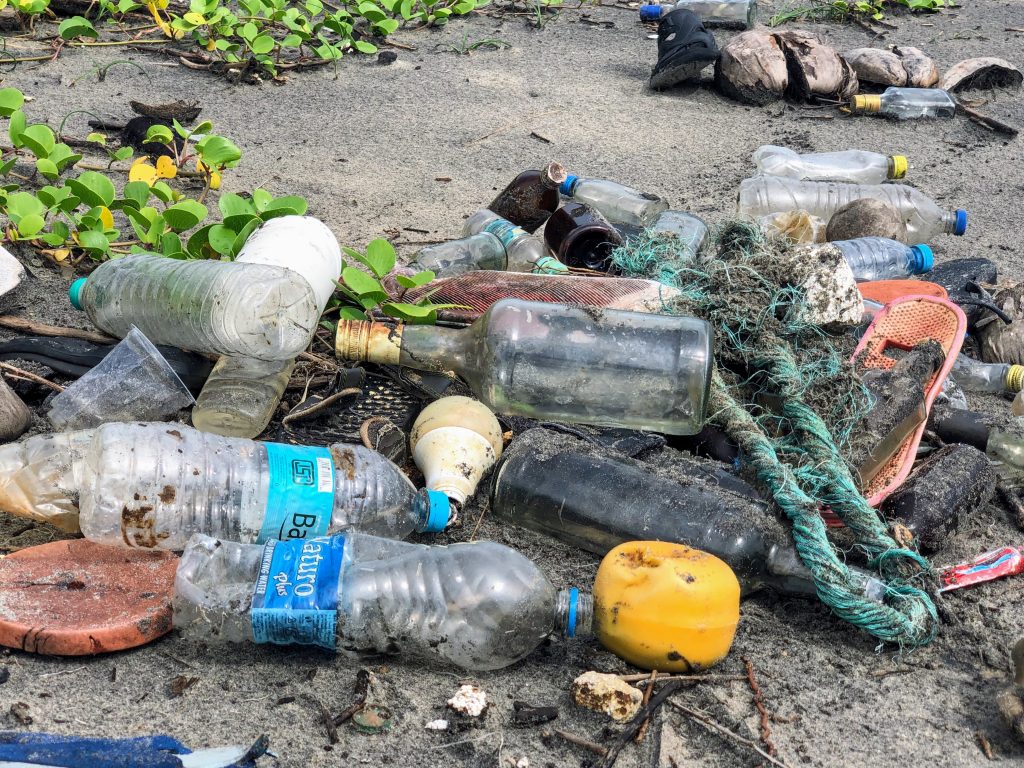
For ease of recycling, plastics are identifiable by the resin code (1-7) on the bottom of plastic containers. Of course, these are much more than ‘recycling numbers’ (yellow bin or green bin?). They are also super important for working out what is a safe plastic and what isn’t.
What’s the health issue with plastic containers?
The reason some plastics are unsafe is that the resins that make up plastics can leach into your food, especially when heated or even frozen. When the plastics come into contact with fatty or acidic foods (think spaghetti bolognese) the leaching capability increases.
Some plastics are WAY safer than others. The safest are those numbered 2, 4 and 5.
No. 2 is HDPE (high-density polyethylene); commonly found in milk containers, laundry, shampoo, cleaning containers etc. It’s also usually recyclable.
No. 4 is LDPE (low-density polyethylene); a softer plastic commonly found in plastic bags, bread bags, ‘squeezy’ bottles etc. It’s not recyclable.
No. 5 is PP (polypropylene); found in margarine tubs, ice cream containers and plastic takeaway containers. It’s not usually recyclable.
You can use these plastics to store non-reactive foods such as cereal or pasta at room temperature.
The remaining plastics though, you should avoid at all costs. Namely, those with resin or recycling codes 1, 3, 6, 7.
Let’s have a look at them.
Plastics to avoid
No. 1 PET/PETE (Polyethylene or Polyethylene terephthalate) is what you find in store bought water or soda bottles. They are OK if used as a once-off but because this type of plastic is prone to leaching a toxic heavy metal, called antimony, they really shouldn’t be reused. They should also never be left in the sun or sitting in your car where the plastic will break down due to heat.
Even though this is the most commonly recycled plastic, using recycled plastic can present health problems depending on its end issue. There is a concern that phthalates (hormone disruptors discussed below) may leach from the recycled plastic used to make new bottles as they cannot be washed out. The best solution is to get yourself a reusable glass or stainless steel water bottle instead.
No. 3 is PVC (Polyvinylchloride), which is probably the nastiest plastic on the planet. It’s not usually found in kitchen products these days but was once used in cling film. Its production and incineration emit dioxins. A group of toxic chemicals known as phthalates are added to soften the plastic and often other hormone-disrupting chemicals such as Bisphenol A (BPA) too. These chemicals leach into your drink and food and disrupt your natural hormones. Phthalates, as discussed in this blog, are a known endocrine disruptor.
No. 6 is polystyrene. Also known as styrofoam, it is a foam-like plastic, common in vegetable and meat trays and also in white food cool boxes and disposable foams cups. Polystyrene generates the carcinogen benzene and is really hard to recycle.
No. 7 is a ‘catch-all’ reserved for all other plastics. Some of them might be OK but this group of plastics also contains toxic plastics such as polycarbonate, commonly found in reusable water bottles. Your standard office water dispenser is also another polycarbonate. These plastics usually contain endocrine disruptors such as BPA to harden the plastic. It was traditionally used in babies bottles but it is now being replaced with non-BPA alternatives. However, many of these substitutes are just as bad if not worse e.g. BPS.
BPA and why it is so bad for you
Finding this post helpful? Pin it for later!
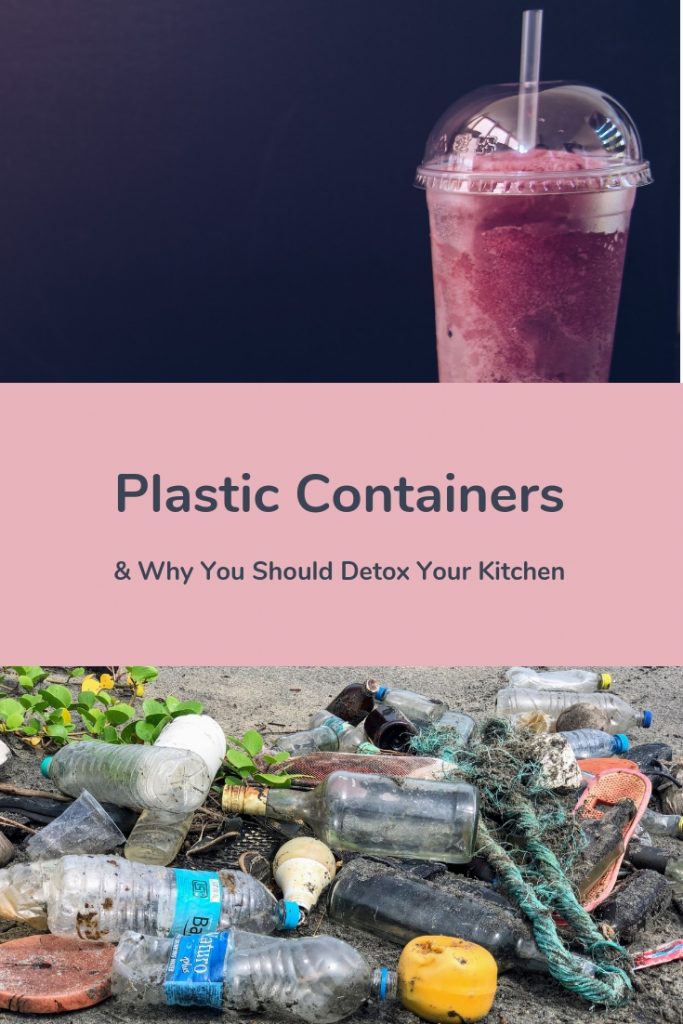
The fact that BPA was at one stage considered for use in a sex hormone pill should give you a good indication of how bad for you it can be. It acts like oestrogen and is therefore considered an endocrine/hormone disruptor. The oestrogen mimicker can leach from plastics, especially when heated or after prolonged use.
BPA is found in over 90 per cent of Americans. A 2011 study found that 96% of pregnant women had BPA in their blood. About 3 billion kilograms of BPA
The problem is, BPA is not listed on food or drink labels so millions of people have no way of knowing their daily exposure.
Manufacturers will tell you that the chemical dose in such products is so small that it will not harm you. Numerous studies indicate otherwise. Our endocrine system functions on parts per billion doses and so too do these synthetic endocrine disruptors. Despite what industry will tell you, low doses matter a lot.
Foetuses and young children are most vulnerable to BPA because they cannot effectively filter it out of their systems, making them most susceptible to permanent damage.
There is a growing body of literature correlating environmental BPA exposure to adverse effects in humans, along with laboratory studies in many species. These are providing increasing support that environmental BPA exposure can be harmful to humans, especially in regards to behavioural and neuro-developmental effects in children. Pre-natal exposure to BPA has been linked to ADHD behaviour, especially in young girls.
The good news about BPA is that it leaves your body within about 24 hours of being ingested. So, once you remove these toxic plastics from your kitchen your body can reset very quickly.
Safe use of plastic containers and alternatives
- Start gradually replacing your plastics with glass, ceramic or stainless steel for storage.
- Glass can be frozen! Just make sure you leave some room at the top of the container for expansion. If the container has a plastic lid don’t worry as it won’t be touching your food.
- If you buy glass containers don’t buy cheap imports as they can contain lead sometimes.
- Don’t ever reheat food in plastic containers.
- Plastic of any type should never be used in a microwave (I don’t recommend microwaves anyway due to EMF and they also sterilise food). Microwave-safe does not mean BPA-free or toxicant-free.
- Use cotton canvas and beeswax covers to cover and keep your food fresh in the fridge.
- Don’t use plastic lunchboxes, replace them with stainless steel containers or cotton canvas wraps.
- Replace plastic water bottles with stainless steel or glass bottles
. Us e glass baby bottles. BPA-free bottles often contain substitute chemicals (BPS) that can be worse.- Use stainless steel or glass sippy cups
. Avoi d washing plastics in really hot water (that is, in your dishwasher). I f you have a dishwasher that uses an ‘eco-wash’ which reduces the standard dishwasher temperature from 70°C to 50°C that would be better. Avoi d buying products wrapped in PVC and polystyrene/styrofoam packaging (takeaway cups, meat trays etc.). If you do, remove when you get home. I f you buy cling wrap ensure it is made of LDPE not PVC.
Let’s recap
Plastics are made from petrochemicals and do not biodegrade. They persist for hundreds of years.
Plastics end up in our waterways and oceans due to haphazard disposal and kill ocean life.
All plastics leach, even at room temperature but especially when exposed to heat or frozen.
Some plastics are more concerning than others especially PVC, polystyrene and polycarbonate -they contain hormone disruptors such as BPA and phthalates.
Avoid plastic numbers: 1 (PET), 3 (PVC), 6 (polystyrene), 7 (all other plastics including polycarbonate).
To be clear on what can be recycled in your neighbourhood always check with your local Council. Just because a plastic is recyclable does not mean it actually is recycled.
Remember these numbers! Only use plastics made from:
- No. 2 HDPE
- No. 4 LDPE
- No. 5 PP
A final tip about plastic containers
If a product is advertised as ‘free’ from something, such as ‘BPA-free’ still check what it is actually made of. The plastic materials should be clearly labelled and if they’re not, put it back on the shelf.
Remove these toxic plastics from your home today and your body burden of toxicants will decrease overnight and with it the long list of potential health effects linked to them.
For help detoxing your kitchen or home take a look at my services here.
References
Recycling of plastic waste: Presence of phthalates in plastics from households and industry. Available from: http://www.researchgate.net/publication/303540061_Recycling_of_plastic_waste_Presence_of_phthalates_in_plastics_from_households_and_industry [accessed Dec 11 2018].
http://www.ncbi.nlm.nih.gov/pubmed/23994667
Turning the Tide on Plastic – Lucy Siegle
This blog post contains affiliate links, which means that if you buy one of the products I recommend through a link here, I earn a tiny commission. I only recommend products that I, myself, use. I will never recommend to you something that I haven’t tried and tested! Please feel free to send me a message if you want to know more about any of the products I share on the blog.
Related Posts
The Best Natural Pillows For Better Sleep
If you truly want to make a simple upgrade in the bedroom that will change your health then keep reading to find the best natural pillows for better sleep
Why You Should Have a Home Sauna for Better Health
Quite simply if there was a pill that did ALL the things that research is showing us saunas do, you would be taking it. Here’s why and my recommendations
Myth Busting: How Effective Are Air-Purifying Plants?
It’s a common belief that air-purifying plants are an effective way of removing VOCs and toxicants from the air in your home. I’m afraid not, here’s why…
